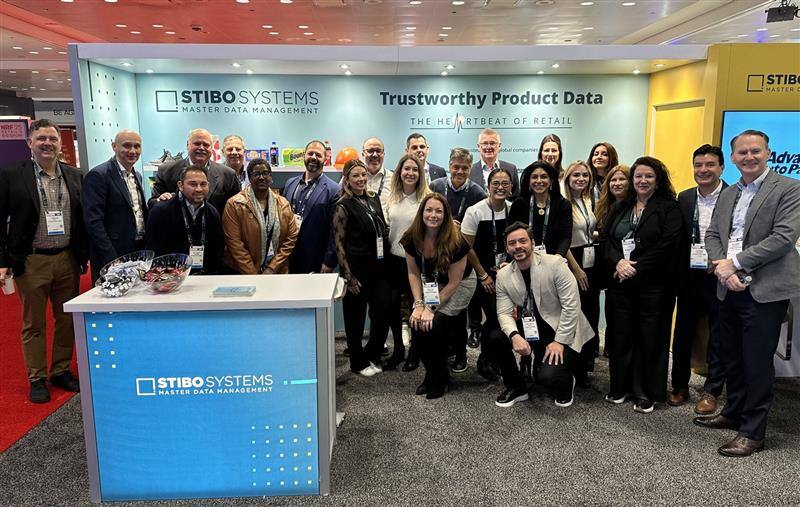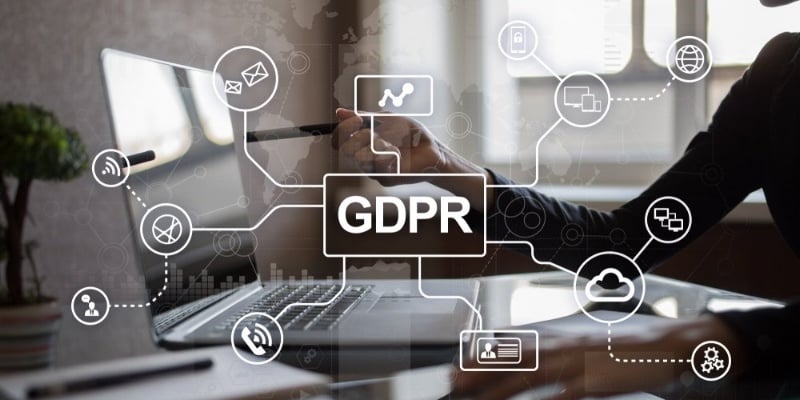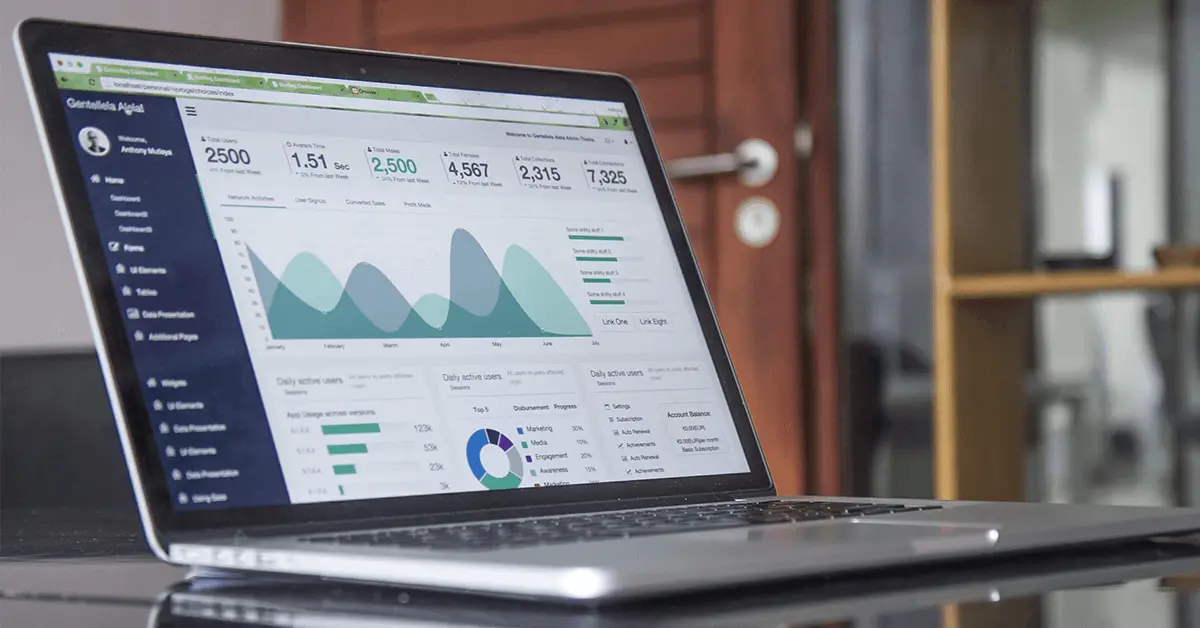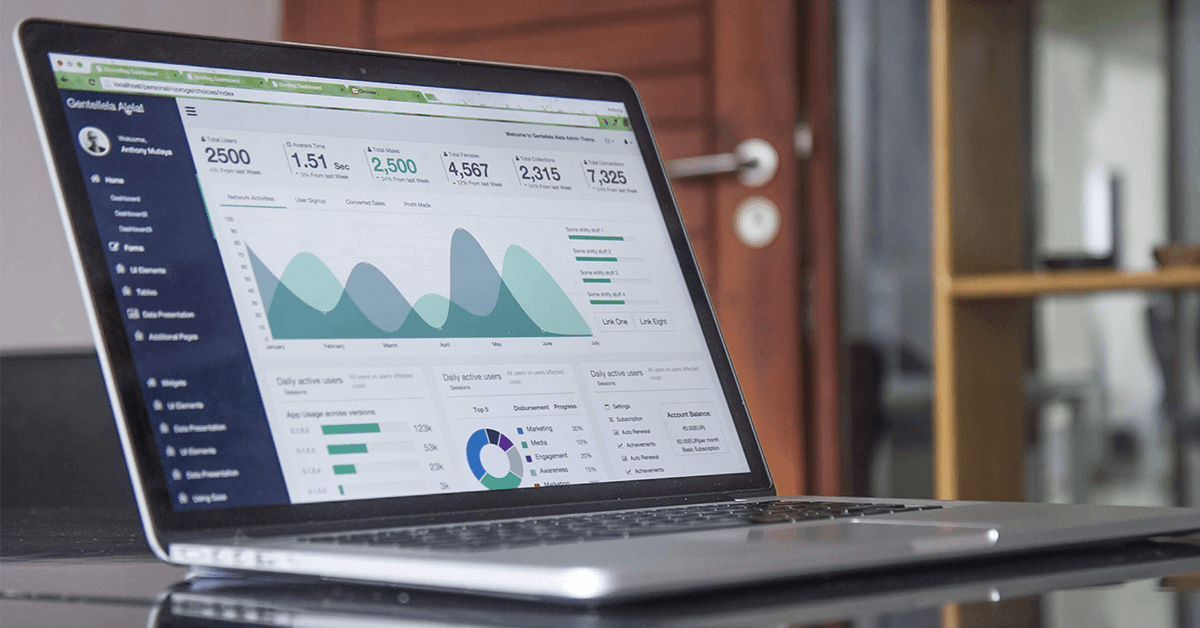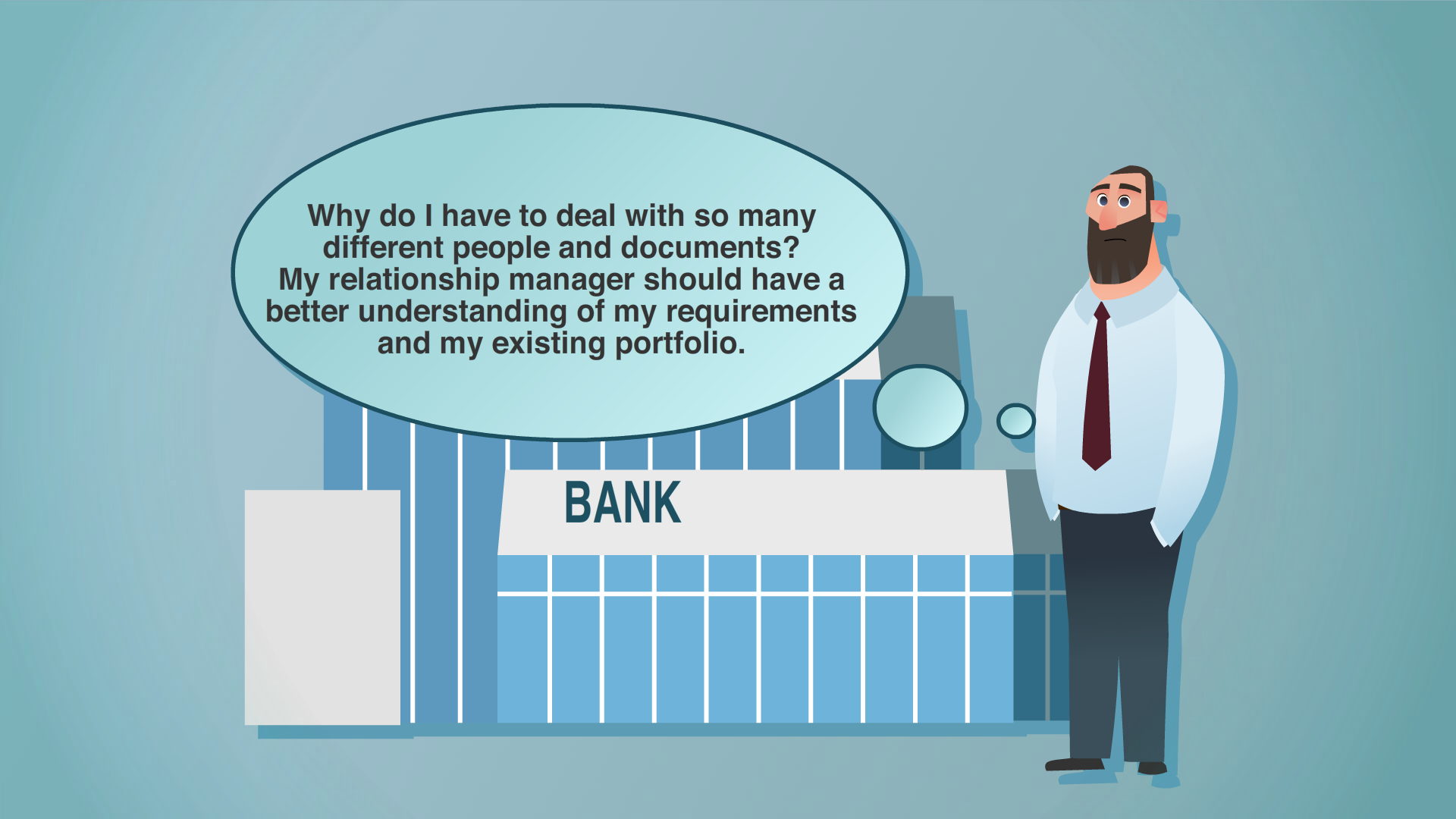Email addresses. Phone numbers. Names and preferences. Your customer relationship management (CRM) platform is the lifeblood of your business. It stores invaluable customer data, allowing you to create better customer experiences (CX), laser-focus your marketing campaigns and drive more revenue through personalization.
But your CRM might also be at the core of your data issues — from bad customer data to duplicate, missing or siloed data that hinders effective marketing and damages CX.
And that's why a CRM alone typically isn't enough for mid-size and enterprise companies that rely on trustworthy data to power sustainable business growth. They know that to get the most value from their data, they need to bring together the power of their CRM and customer master data management (customer MDM).
We're exploring the benefits of adding MDM, how CRMs and customer MDM work together and why you need both.
Why CRM alone just won't cut it.
It's almost comical just how many apps, tools and systems enterprise companies have in their tech stack. A dozen for organizing customer data, a few for tracking content performance, some for collecting customer feedback — and those are just a few of the marketing and customer experience tools.
And yet, many are convinced that their CRM is the only tool they need to effectively manage customer data. Here's the thing: it's not.
Customer data at enterprise companies typically lives in more than one CRM instance, often within the same platform, but also across different solutions entirely. It usually spans many crucial business systems, like:
- Enterprise Resource Planning (ERP)
- Billing
- Shipping
- Finance
- Marketing automation platforms

These systems all rely on trustworthy and consistent data for efficient operations.
But when customer data is stored across different systems that don't always communicate or when it lives in silos, you get varying versions of the same customer information. The result? Duplicate customer profiles, conflicting information, flawed reporting and missed opportunities
And, most importantly, you no longer have consistent and trustworthy data. Without a system to cleanse your customer data and create a unified view, it's nearly impossible to deliver seamless customer experiences or gain accurate insights. Plus, you're risking compliance issues around data privacy.
Simply put, CRM on its own is not enough — you need customer MDM to create a reliable, single view of your customers that ensures data quality and integrity and maintains that consistency across every system that touches the customer journey.
7 benefits of adding master data management to your CRM
Any successful enterprise has a (many!) CRM platform. It's a necessity for everything from customer engagement and lead nurturing to personalizing the customer experience.
But if your CRM runs on outdated, incomplete, duplicate or flat-out inaccurate data, it can become more of a hindrance than a help. Or you can supercharge the power of your CRM with our customer MDM solution, Customer Experience Data Cloud (CXDC).

1. MDM increases CRM data hygiene and quality
Bad customer data doesn't just happen. It's a result of:
- Fragmentation
- Silos
- Missing or conflicting information
- Human error
- Duplication
- Poor data hygiene
Plus, CRMs require manual entry, which is innately prone to human error. And without AI-powered matching and deduplication, you get duplicate and inconsistent customer records that severely limit data quality efforts and lead to flawed personalization and inaccurate reporting.
But integrating MDM and CRM gives you consistent and trustworthy data so you can actually rely on your data for precise campaign targeting, on-point personalization and other data-reliant initiatives that drive sustainable business growth.
MDM’s data quality and governance capabilities drastically improve the reliability and quality of your CRM data by allowing for data hygiene practices, like deduplicating and cleansing customer data, eliminating inconsistencies and creating the coveted golden records that allow you to design a better CX.
2. MDM improves data governance
CRMs were built to help companies manage sales leads and customer relationships — not to facilitate strong data governance policies or standards across the enterprise.
If you don't enforce global data governance, you can't increase data quality, accuracy or consistency. And regulatory compliance, like GDPR and CCPA, requires customer consent tracking and privacy enforcement, which you can't get from a CRM alone.
But customer MDM solutions, like our Customer Experience Data Cloud, have built-in capabilities to enforce data governance, which allows for trustworthy and accurate customer data that flows seamlessly into enterprise-wide systems.
It has guardrails that make sure your data adheres to the specific rules data stewards set, ensuring data quality for all your systems — giving you ready-to-use, curated data.
By establishing robust data governance policies, identifying stewards to manage the data over its lifecycle and leveraging customer MDM, you can reinforce data quality standards and privacy regulations to ensure compliance.
Pro tip: While MDM is a powerful tool to support data quality, it can only work if you establish strong governance policies with data stewards who oversee your data to ensure its quality across your business.
3. MDM eliminates enterprise-wide data silos
Like any other enterprise company, you likely have a large, disconnected tech stack. Your CRM probably talks to your marketing automation platform, but does it communicate with your ERP?
When your customer data lives in silos, every system might have a different view of your customer thanks to incomplete, missing, contradictory or old data.
On top of that, each line of business may have different standards or definitions for what qualifies someone as a customer, but they all need reliable customer data to create a golden record.
Customer MDM virtually eliminates this issue by creating a unified view of the customer. How? By creating an open flow of clean and trustworthy data between systems, departments and even between multiple instances of your CRM.
4. MDM enhances the customer experience
Intentionally designing unforgettable customer experiences relies heavily on consistent data and a complete view of your customer. But when your CRM data is untrustworthy or inaccurate, you can't trust it. And when you can't trust it, your CX suffers.
But the data customer MDM provides can help you create an exceptional CX along every step of the customer journey, including:
- Laser-focused campaign targeting
- Highly personalized marketing outreach
- More accurate customer segments
- Exceptional customer service
Simply put, quality data fuels effective marketing and enhances the CX. And customer MDM delivers that data to your CRM, so you can execute seamlessly.
5. MDM streamlines data management
Customer MDM creates golden records and shares those records across the enterprise, simplifying and greatly reducing the time spent manually entering, validating and distributing data.
It's a central repository for accurate and trustworthy customer data that streamlines data management by:
- Ensuring data quality, so you're not spending valuable time validating or reconciling different data for the same customer
- Eliminating data silos to create a single, unified view of your customers across systems
- Allowing you to grant controlled access to customer data to anyone who needs it
- Getting rid of redundancies and synchronizing customer data across all your systems — no more data inconsistencies
6. MDM helps businesses make smarter decisions
Everyone wants to make data-driven decisions, and for good reason. Data validates ideas and can help you create marketing campaigns that hit the mark or guide strategy that brings in revenue — if you're working with good data.
Combining customer MDM and CRM data gives you the trustworthy data required for analysis and smarter data-driven decision-making. Customer MDM makes your CRM a reliable source of customer data so you can uncover customer insights or identify trends that guide informed decisions to drive:
- Sustainable growth
- Revenue
- Enhanced customer experiences
7. MDM improves operational efficiency
Instead of employees spending valuable time and resources making CRM data trustworthy and reliable, customer MDM automates many of the back-end processes, like:
- Data cleansing
- Data matching
- Data enrichment
This automation reduces manual data entry and the amount of human intervention required, giving you more efficiencies across the board. Now your team gets time back to work on more strategic initiatives that move the business forward.
The limitations of your CRM
Your CRM is a powerful tool for customer management, but it can't replace effective organization-wide master data management. In addition to the benefits of customer MDM that your CRM can't match, there are a few other limitations, like a lack of synchronization and AI-ready data.
No centralized place for master data, no single source of truth
We've already established that customer data doesn't only live in the CRM — that alone highlights why your CRM cannot be your single source of truth. It's not meant to be a platform for all master data, like customer, product or location data.
A CRM is not the best place for business-critical master data. You need a platform that centralizes master data and makes sure that all systems have accurate, updated, trustworthy data.
CRMs can't provide AI-ready data
AI is no longer a novelty — businesses have been thinking up innovative ways to put it to use to increase efficiency, analyze data, do tedious tasks and everything in between.
To be effective, AI needs clean, unified and structured customer data to work from. Your CRM (on its own) simply can't provide the trustworthy data required to power automation, predictive analytics and AI-driven personalization.
MDM can. It assures data hygiene, consistency and integrity for AI-powered insights.
Isolated CRM data doesn't synchronize across systems
When marketing and sales add or change data in your CRM, they're probably not making those changes across the enterprise. So instead of a unified customer view, you get one version of a customer in your CRM and partially or completely different versions in finance, billing, marketing and operations.
CRMs don't synchronize those changes in real time. MDM does, making sure all data is consistent in every system while eliminating errors.
How your CRM and customer MDM work together
So, you know about the benefits of MDM and why your CRM simply isn't enough for master data management. But how do they work together?
Customer MDM manages master data to ensure governance and quality, consistent and trustworthy data that all contribute to a 360° customer view across all systems in the enterprise.
Using this data as the foundation, marketers, salespeople and support teams can personalize every experience along the customer journey to encourage loyalty from existing customers or drive conversions with leads. In short? MDM fuels your CRM.
MDM also acts as the data foundation for all systems by eliminating duplicates, correcting errors and synchronizing customer records across CRM, ERP, billing, finance and marketing platforms. The result?
- Enhanced personalization
- Improved, data-driven decision-making
- Stronger compliance
- Increased operational efficiency
- A more seamless CX
And most importantly, you finally have a centralized source of truth for customer data.
Get more out of your CRM with customer MDM
CRMs are crucial for managing leads and customer interactions, sales opportunities, pipeline and forecasting. But they weren't built for broader master data management, like governance, data quality and enterprise-wide synchronization.
And when you're using multiple CRMs and other necessary business systems (like ERP and marketing automation), data is often siloed, fragmented and inconsistent — it's not reliable.
Customer MDM eliminates these issues by:
Eliminating duplicate records Ensuring compliance Creating a single source of truth for customer data
It gives you cleaner, more trustworthy data that enhances personalization, improves operational efficiency and supports better decision-making.
Want to supercharge your CRM with MDM? Our Customer Experience Data Cloud helps businesses like yours unify their customer data and create the reliable and trustworthy data you need to fuel your CRM.
Solving the Customer Loyalty Challenge with Customer MDM
Discover how Customer MDM can unlock stronger loyalty and long-term relationships.































































